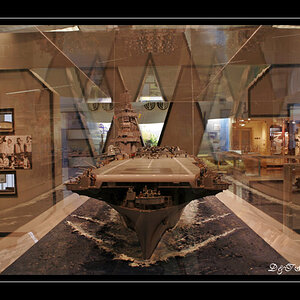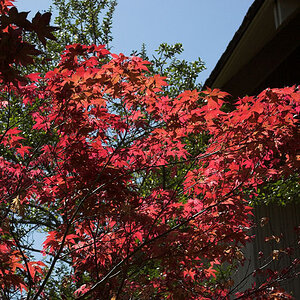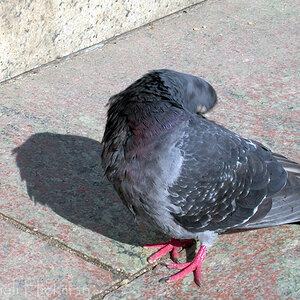Cristina Cameron
TPF Noob!
Hi there!!
I'm attending a course on photography and I was confronted with this problem:
You are photographing a dark skin bride, dressing in white with the sun behind her, you ca't use the flash, choose at least one option(or more):
1- use matrix meetering and give +3 stops for compensation
2-use matrix meetering
3-use spot meetering on the dress
4-use spot meetering on the face
5-use center weighted meetering
any help available?
thanks
I'm attending a course on photography and I was confronted with this problem:
You are photographing a dark skin bride, dressing in white with the sun behind her, you ca't use the flash, choose at least one option(or more):
1- use matrix meetering and give +3 stops for compensation
2-use matrix meetering
3-use spot meetering on the dress
4-use spot meetering on the face
5-use center weighted meetering
any help available?
thanks


 !
!



![[No title]](/data/xfmg/thumbnail/31/31011-439c1242fe08cf6b54f32bf06523a567.jpg?1619734567)



![[No title]](/data/xfmg/thumbnail/35/35587-16c570d2927f2a9ea1945320686eca01.jpg?1619737062)
![[No title]](/data/xfmg/thumbnail/31/31747-2e2e2bda16938a6a1d5fd6120c558293.jpg?1619734987)
